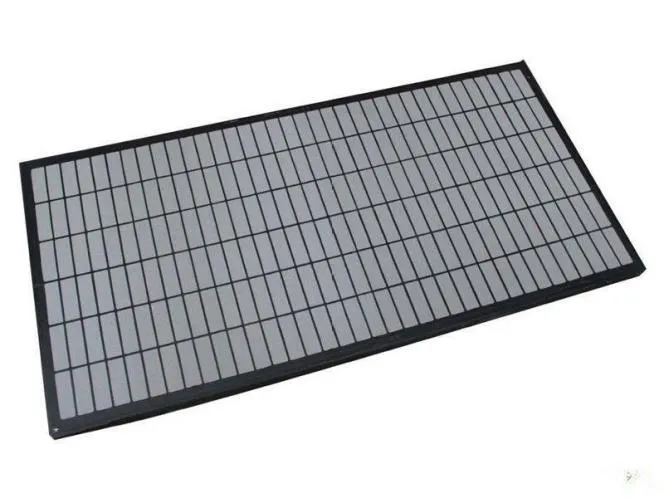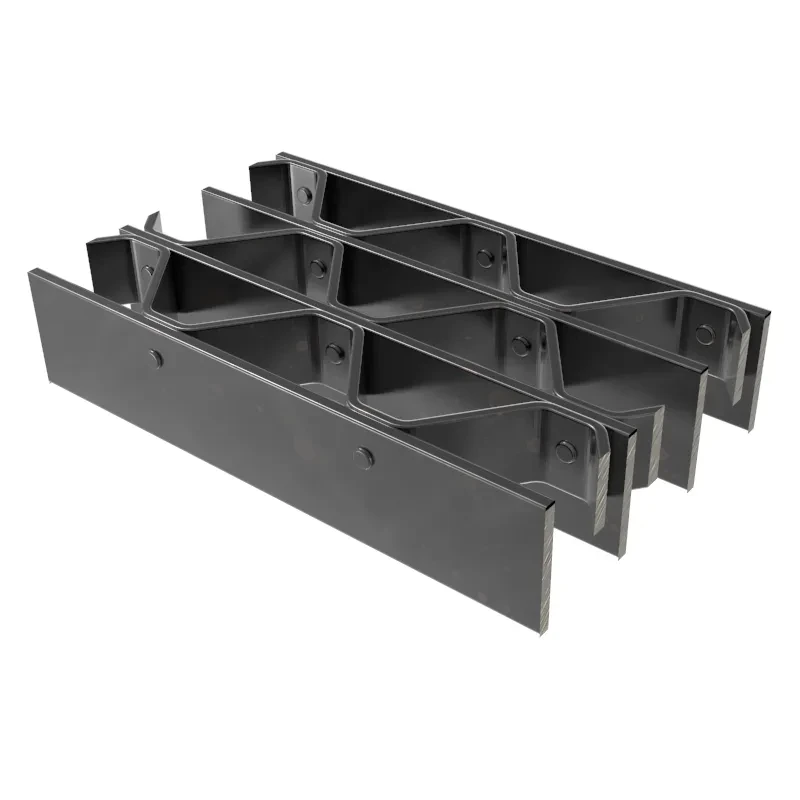- Industrial zone, South of Anping Town, Hengshui, Hebei, China.
- sales@hfpetromesh.com
- +86-18931809706
 Afrikaans
Afrikaans  Albanian
Albanian  Amharic
Amharic  Arabic
Arabic  Armenian
Armenian  Azerbaijani
Azerbaijani  Basque
Basque  Belarusian
Belarusian  Bengali
Bengali  Bosnian
Bosnian  Bulgarian
Bulgarian  Catalan
Catalan  Cebuano
Cebuano  Corsican
Corsican  Croatian
Croatian  Czech
Czech  Danish
Danish  Dutch
Dutch  English
English  Esperanto
Esperanto  Estonian
Estonian  Finnish
Finnish  French
French  Frisian
Frisian  Galician
Galician  Georgian
Georgian  German
German  Greek
Greek  Gujarati
Gujarati  Haitian Creole
Haitian Creole  hausa
hausa  hawaiian
hawaiian  Hebrew
Hebrew  Hindi
Hindi  Miao
Miao  Hungarian
Hungarian  Icelandic
Icelandic  igbo
igbo  Indonesian
Indonesian  irish
irish  Italian
Italian  Japanese
Japanese  Javanese
Javanese  Kannada
Kannada  kazakh
kazakh  Khmer
Khmer  Rwandese
Rwandese  Korean
Korean  Kurdish
Kurdish  Kyrgyz
Kyrgyz  Lao
Lao  Latin
Latin  Latvian
Latvian  Lithuanian
Lithuanian  Luxembourgish
Luxembourgish  Macedonian
Macedonian  Malgashi
Malgashi  Malay
Malay  Malayalam
Malayalam  Maltese
Maltese  Maori
Maori  Marathi
Marathi  Mongolian
Mongolian  Myanmar
Myanmar  Nepali
Nepali  Norwegian
Norwegian  Norwegian
Norwegian  Occitan
Occitan  Pashto
Pashto  Persian
Persian  Polish
Polish  Portuguese
Portuguese  Punjabi
Punjabi  Romanian
Romanian  Russian
Russian  Samoan
Samoan  Scottish Gaelic
Scottish Gaelic  Serbian
Serbian  Sesotho
Sesotho  Shona
Shona  Sindhi
Sindhi  Sinhala
Sinhala  Slovak
Slovak  Slovenian
Slovenian  Somali
Somali  Spanish
Spanish  Sundanese
Sundanese  Swahili
Swahili  Swedish
Swedish  Tagalog
Tagalog  Tajik
Tajik  Tamil
Tamil  Tatar
Tatar  Telugu
Telugu  Thai
Thai  Turkish
Turkish  Turkmen
Turkmen  Ukrainian
Ukrainian  Urdu
Urdu  Uighur
Uighur  Uzbek
Uzbek  Vietnamese
Vietnamese  Welsh
Welsh  Bantu
Bantu  Yiddish
Yiddish  Yoruba
Yoruba  Zulu
Zulu
- Afrikaans
- Albanian
- Amharic
- Arabic
- Armenian
- Azerbaijani
- Basque
- Belarusian
- Bengali
- Bosnian
- Bulgarian
- Catalan
- Cebuano
- Corsican
- Croatian
- Czech
- Danish
- Dutch
- English
- Esperanto
- Estonian
- Finnish
- French
- Frisian
- Galician
- Georgian
- German
- Greek
- Gujarati
- Haitian Creole
- hausa
- hawaiian
- Hebrew
- Hindi
- Miao
- Hungarian
- Icelandic
- igbo
- Indonesian
- irish
- Italian
- Japanese
- Javanese
- Kannada
- kazakh
- Khmer
- Rwandese
- Korean
- Kurdish
- Kyrgyz
- Lao
- Latin
- Latvian
- Lithuanian
- Luxembourgish
- Macedonian
- Malgashi
- Malay
- Malayalam
- Maltese
- Maori
- Marathi
- Mongolian
- Myanmar
- Nepali
- Norwegian
- Norwegian
- Occitan
- Pashto
- Persian
- Polish
- Portuguese
- Punjabi
- Romanian
- Russian
- Samoan
- Scottish Gaelic
- Serbian
- Sesotho
- Shona
- Sindhi
- Sinhala
- Slovak
- Slovenian
- Somali
- Spanish
- Sundanese
- Swahili
- Swedish
- Tagalog
- Tajik
- Tamil
- Tatar
- Telugu
- Thai
- Turkish
- Turkmen
- Ukrainian
- Urdu
- Uighur
- Uzbek
- Vietnamese
- Welsh
- Bantu
- Yiddish
- Yoruba
- Zulu
កុម្ភៈ . 13, 2025 21:41
Back to list
bar grating sizes
Bar grating is an essential component in a wide range of industrial and commercial applications, offering a blend of structural strength, safety, and aesthetic appeal. The dimensions of bar grating, commonly referred to as bar grating sizes, are critical to its functionality and usability, impacting everything from load-bearing capacity to ease of installation.
Selecting the appropriate bar grating size involves balancing functionality and regulatory compliance. Safety standards, particularly for flooring applications, demand sufficient strength to support expected loads while ensuring stability underfoot. Industry standards, like those from the American National Standards Institute (ANSI) and Occupational Safety and Health Administration (OSHA), provide guidelines on the minimum load capacities and spacing configurations. Durability and maintenance are also influenced heavily by the size of the grating used. Thicker and more tightly spaced gratings tend to be more durable and can withstand higher loads and more frequent use, reducing the need for maintenance and replacement. Installation aspects cannot be overlooked either; a well-sized grating minimizes cutting and reshaping, simplifying the installation process and saving both time and labor costs. Bar grating sizing is not just about selecting a component that fits — it is about enhancing the safety, functionality, and aesthetic value of the space in which it is applied. Industries ranging from manufacturing to petrochemicals, and public infrastructure such as bridges and walkways, benefit from appropriately sized bar gratings that provide reliable performance and long-term value. In summary, selecting the ideal bar grating size is a nuanced process that must account for the specific demands of each application, balancing load-bearing requirements, compliance with safety regulations, and desired aesthetic outcomes. Making informed decisions regarding bar grating sizes is essential to maintaining operational efficiency and ensuring the safety of the constructed environment. Whether for increased durability, reduced maintenance, or aesthetic purposes, the right bar grating size can have significant implications for both performance and cost-effectiveness in any application.


Selecting the appropriate bar grating size involves balancing functionality and regulatory compliance. Safety standards, particularly for flooring applications, demand sufficient strength to support expected loads while ensuring stability underfoot. Industry standards, like those from the American National Standards Institute (ANSI) and Occupational Safety and Health Administration (OSHA), provide guidelines on the minimum load capacities and spacing configurations. Durability and maintenance are also influenced heavily by the size of the grating used. Thicker and more tightly spaced gratings tend to be more durable and can withstand higher loads and more frequent use, reducing the need for maintenance and replacement. Installation aspects cannot be overlooked either; a well-sized grating minimizes cutting and reshaping, simplifying the installation process and saving both time and labor costs. Bar grating sizing is not just about selecting a component that fits — it is about enhancing the safety, functionality, and aesthetic value of the space in which it is applied. Industries ranging from manufacturing to petrochemicals, and public infrastructure such as bridges and walkways, benefit from appropriately sized bar gratings that provide reliable performance and long-term value. In summary, selecting the ideal bar grating size is a nuanced process that must account for the specific demands of each application, balancing load-bearing requirements, compliance with safety regulations, and desired aesthetic outcomes. Making informed decisions regarding bar grating sizes is essential to maintaining operational efficiency and ensuring the safety of the constructed environment. Whether for increased durability, reduced maintenance, or aesthetic purposes, the right bar grating size can have significant implications for both performance and cost-effectiveness in any application.
Share
Prev:
Next:
Latest news
-
Welded Steel Bar Grating: The Rugged Industrial Flooring Solution Built for Load and LongevityNewsJun.24,2025
-
Steel Walkway Grating: Reliable, Resilient, and Built for Every StepNewsJun.24,2025
-
Shale Shaker Screen for Sale: Optimize Drilling Efficiency with Precision Screening PowerNewsJun.24,2025
-
Shaker Screen for Sale: Elevate Your Drilling Efficiency with Durable Separation SolutionsNewsJun.24,2025
-
Press Locked Steel Grating: Industrial Strength with Precision Fit for Heavy-Duty ApplicationsNewsJun.24,2025
-
Perimeter Safety Netting: The Critical Safety Upgrade for Every HelipadNewsJun.24,2025